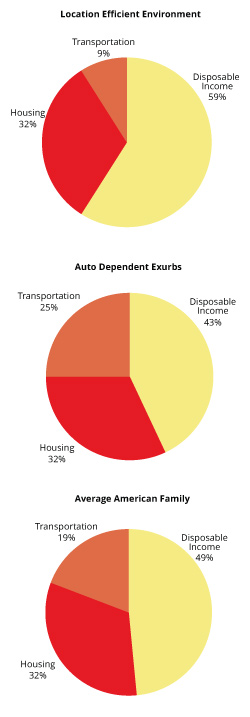Utah’s population is projected to grow by 2.5 million people by 2050. This growth will result in an older, more diverse population. New Utahns will need places to live, reliable sources of energy to support their needs, and a good transportation network to get to work, entertainment, or school. This report focuses on three important facets of communities: development, transportation, and energy. Water is also a critical element to growth, but it will be discussed in a later report.

Technologies and regulatory environments will change in the future, and their impacts are not all known yet. Changes in pricing and technology for renewable energy resources, restrictions on carbon emissions, and safety regulations all factor into the future of energy and transportation. The public’s attitudes and awareness of changes in these sectors can also impact how investment rolls out. Additionally, regulatory decisions in other levels of government could indirectly affect infrastructure planning, including wildlife habitat designations and changes in the protected or endangered species lists. Public and private service providers and policy makers will need to adapt to new situations to ensure that future Utahns have the necessary access to housing, transportation and energy.

